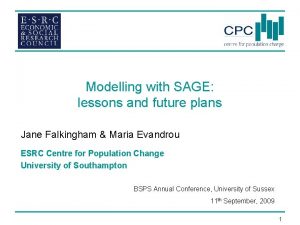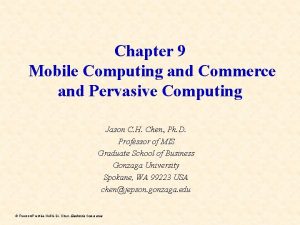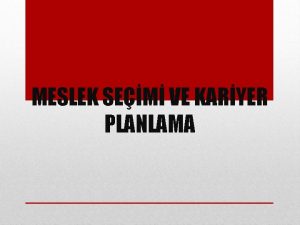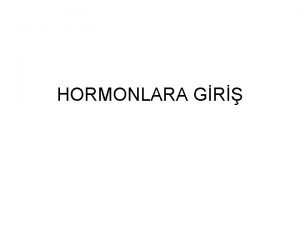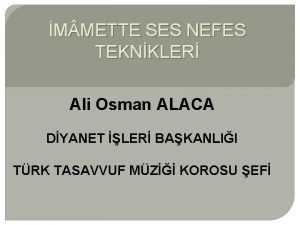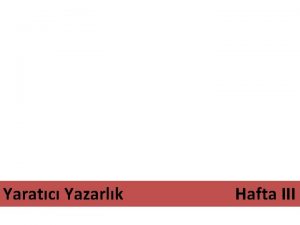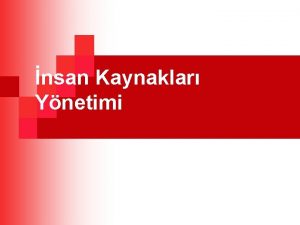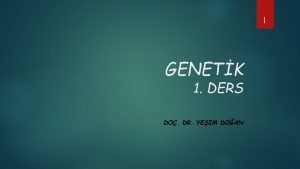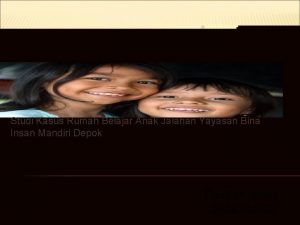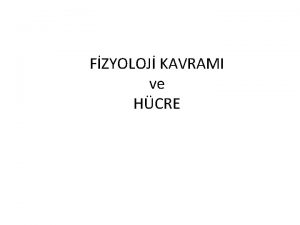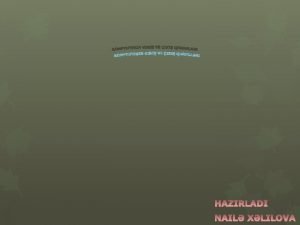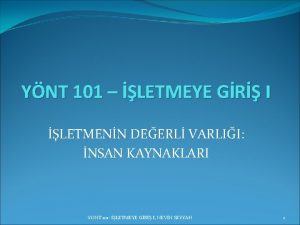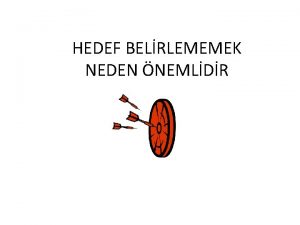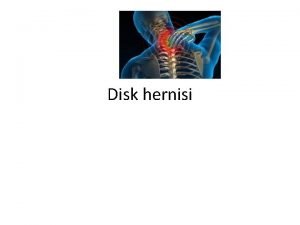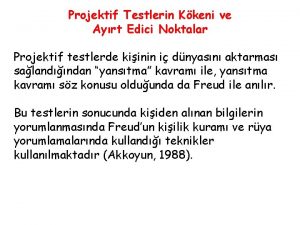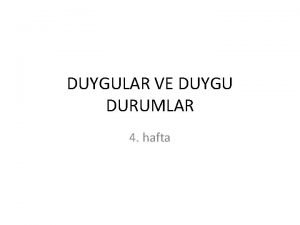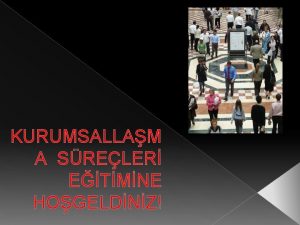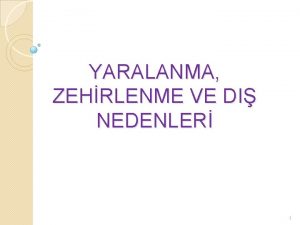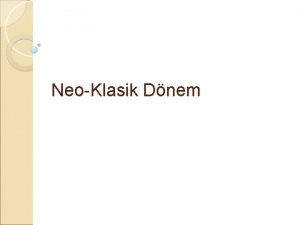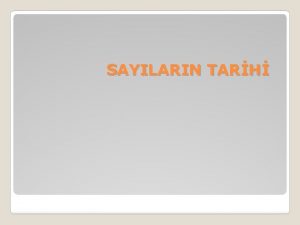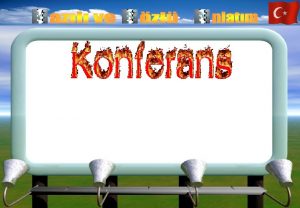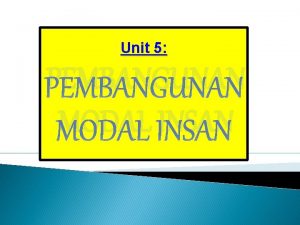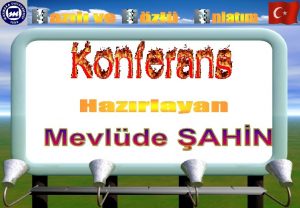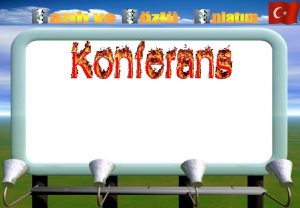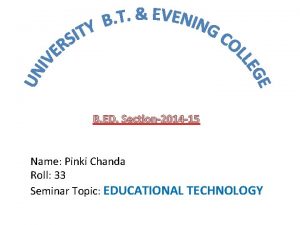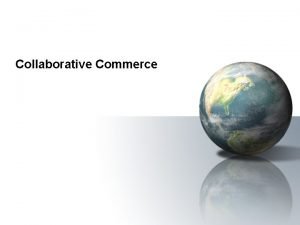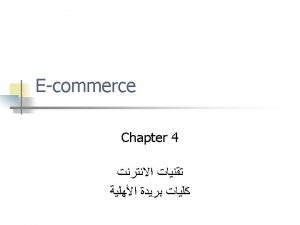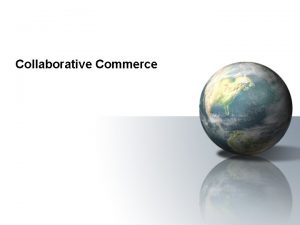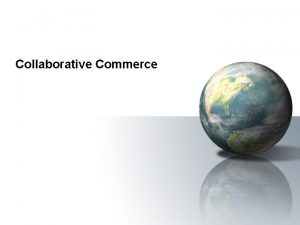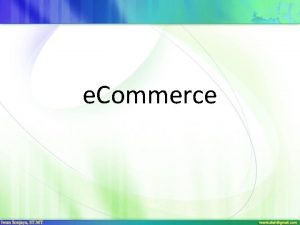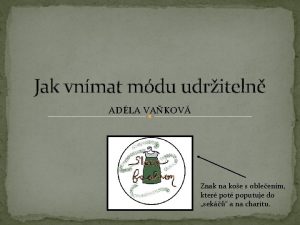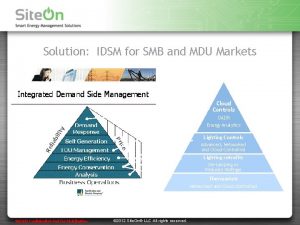Dr Pinki Insan Assistant Professor of Commerce MDU









































- Slides: 41

Dr. Pinki Insan Assistant Professor of Commerce MDU Rohtak (IGPGRC)


JOURNAL IMPACT FACTOR WAS INVENTED BY THOMSON REUTER (ISI). ISI was founded by Eugene Garfield in 1958

Eugene Garfield

�Journal Impact Factor is from Journal Citation Report (JCR), a product of Thomson ISI (Institute for Scientific Information).

The Journal Impact Factor is defined as the number of citations in current year to items published in the previous two years, divided by the total number of items published in those same two years.

Basic Definitions � � �

The Impact Factor for a given year is defined as the total number of citations received in that year to articles published in the previous two years divided by the total number of citable items (source items) published by the journal in those two years.

� Impact factor is the ratio of number of citations received by source items in a particular year to the number of source items published over a fixed period of time in a particular periodic publication, say a journal Source items: original articles, editorials letters short communications report of meetings correction, notes review articles etc.

Timing �The Impact Factors for a given year are published annually in September/October of the following year in the Journal Citation Reports (JCR).

An Impact Factor of 1. 0 means that, on average, the articles published one or two year ago have been cited one time. An Impact Factor of 2. 5 means that, on average, the articles published one or two year ago have been cited two and a half times.

The impact factor for a journal is calculated based on a three-year period, and can be considered to be the average number of times published papers are cited up to two years after publication.

Calculation For example, the impact factor 2010 for a journal would be calculated as follows: A = the number of times articles published in 2008 -9 were cited in indexed journals during 2010 B = the number of articles, reviews, proceedings or notes published in 20082009 � Impact factor 2010 = A/B

The impact factor 2009 will be actually published in 2010, because it could not be calculated until all of the 2009 publications had been received. Impact factor 2010 will be published in 2011




Calculating the BMJ’s impact factor for 2003

Computation of Journal Impact Factor

Key points related to Journal Impact factor � Journal Impact Factor can not be calculated for new journals. I mean “the impact factor of a journal is calculated by dividing the number of current year citations to the source items published in that journal during the previous two years”, hence impact factor can be calculated after completing the minimum of 3 years of publication. � Journal Impact Factor will be a quotient factor only and will not be a quality factor.

• Journal Impact Factor will not be related to quality of content and quality of peer review, it is only a measure of the frequency with which the "average article" in a journal has been cited in a particular year or period. • Journal which publishes more review articles will get highest impact

� C 1+C 2 S 1+S 2 C 1 denotes the number of citations received by S 1 source items in the year Y C 2 denotes the number of citations received by S 2 source items in the year Y S 1 denotes the number of source items published in the journal J in the year Y-1. S 2 denotes the number of source items published in the journal J in the year Y-2

Example � Suppose the journal j has published 32 and 36 sources in 2007 and 2008 respectively. These source items have received respectively 40 and 28 citations in 2009. Now the impact factor of the journal j will be 40+28/32+36=1


Features � It is not a constant like the specific gravity of water � The number is expressed up to three digits after decimal in JCR e. g. 2. 319 � It is year- specific. � It is database specific. � Value of impact factor generally lies between 0 and 50.

� It varies from subject to subject. � The impact factor indicates the standing of the journal in the world. � The impact factor may be considered as an indication of the quality of the journal in most cases.

Uses � Selection of journals for library: standing of journals in the world. � Discontinuation of journals: Journals figuring at the bottom of the ranked list are choosen. � Palacing report. a paper: journal citation

Uses of Impact factor � The impact factor is only one of three standardized � measures created by the Institute of Scientific Information � (ISI) which can be used to measure the way a journal � receives citations to its articles over time.

The best way to keep track of who is citing you. � • Have a very complete copy of your publications � • Use Web of Science and Google Scholar. They will produce overlapping and unique results

� • The Impact Factor is a an attempt to ensure the impact a journal has. � • It is designed to “scale” the number of times a journal has been cited. � • The older an article is, the more opportunities it has to have been cited. � • Some disciplines have more people working in them (child psychology vs. demography; surgery vs. mycology)



Science and Social Science editions must be searched separately Before starting, click on Information for New Users and read “Using the JCR Wisely. ”

Journal Search Screen You can search by Full Journal Title, Journal Abbreviation, Title Word, or ISSN. Select Title Word from the menu.

JOURNAL SUMMARY LIST Click on title link to display full record.

Source Data Review articles are often more highly cited than original research articles: consider a journal’s source data by document type. � � � Tallies the number of original research and review articles published in the current year (2005) Also tallies the number of references published by the selected journal in the current year Other Items = document types not included in the number of citable items published by this journal (e. g. letters, news items, editorials, etc. )

References to all older articles. Publication year of cited article. A list of journals which have cited Atmosphere-Ocean within 2004

Citing Journal List The publication year of the articles being cited A list of journals that Atmosphere-Ocean has cited within 2004.

Impact Factor Trend Graph

Examine Subject Categories

 Birgitta norberg
Birgitta norberg Sage mdu
Sage mdu Mdu internet providers
Mdu internet providers Cinahl mdu
Cinahl mdu Promotion from associate professor to professor
Promotion from associate professor to professor Cuhk salary scale 2020
Cuhk salary scale 2020 Location-based commerce (l-commerce)
Location-based commerce (l-commerce) Insan doğası gereği acıdan kaçar
Insan doğası gereği acıdan kaçar Karyer fikirleri
Karyer fikirleri Tatmin edilmemiş insan dürtüsü
Tatmin edilmemiş insan dürtüsü Insan olmak kuruş ile değil duruş ile ölçülür
Insan olmak kuruş ile değil duruş ile ölçülür Pomc ailesi
Pomc ailesi Insan orqanlari
Insan orqanlari Fgf
Fgf Ali osman alaca
Ali osman alaca Görme olayı
Görme olayı Insan sevdiklerini kaybedince
Insan sevdiklerini kaybedince Haset insan davranışları
Haset insan davranışları Satirik şiir nedir
Satirik şiir nedir Insan yaşamından gerçeğe uygun kesitleri
Insan yaşamından gerçeğe uygun kesitleri Insan kaynakları işe alım testleri
Insan kaynakları işe alım testleri Safa ve merve tepeleri resmi
Safa ve merve tepeleri resmi Jacobson organı insan
Jacobson organı insan Fadillah insan mandiri
Fadillah insan mandiri Toplumsal ilişkileri düzenleyen kurallar
Toplumsal ilişkileri düzenleyen kurallar Doku düzeyinde organizasyon nedir
Doku düzeyinde organizasyon nedir şu anda hangi mevsimdeyiz
şu anda hangi mevsimdeyiz Sezgicilik
Sezgicilik Aile terbiyesi
Aile terbiyesi Insan orqanlari
Insan orqanlari Ynt insan kaynakları
Ynt insan kaynakları Hedefsiz insan rotasız gemiye benzer kimin sözü
Hedefsiz insan rotasız gemiye benzer kimin sözü Hollanda corpus müzesi
Hollanda corpus müzesi Sanat akimi
Sanat akimi Laseque testi
Laseque testi Projektif identifikasyon
Projektif identifikasyon Duygu ve duygu durumları
Duygu ve duygu durumları Sevgs
Sevgs Dinlemeyi bilmeyen insan
Dinlemeyi bilmeyen insan Obez insan
Obez insan Argyris olgunlaşma kuramı
Argyris olgunlaşma kuramı Shifatul insan
Shifatul insan

